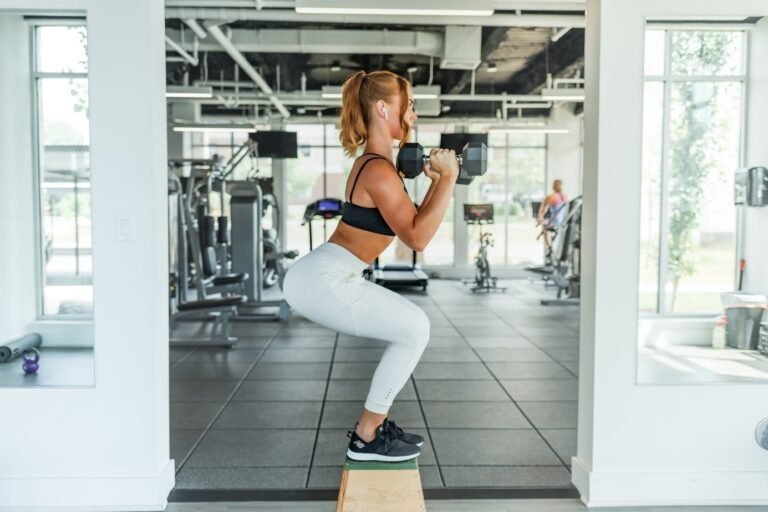Prenatal yoga?What you need to know about
Prenatal yoga is the ally of the pregnant woman. It is the ideal sport during pregnancy. Yoga and pregnancy form a winning duo. Midwives have been emphasizing for more than twenty years the benefits of yoga for the future mother. Yoga is much more than a sport. Discover this gentle sport for pregnant women.
Prenatal yoga : A gentle sport for pregnant women
In general, pregnant sport is indicated. During pregnancy, health professionals advise expectant mothers to do gentle sports: walking, swimming, tai chi chuan, prenatal yoga, etc.
Doing a gentle sport during pregnancy should help you:
- welcome with serenity the hormonal, physical and psychic modifications of this great change;
- live calmly and positively your 9 months of pregnancy;
- maintain or regain good posture and balance;
- become aware of your perineum, strengthen and soften it;
- develop knowledge and awareness of your body which changes during pregnancy;
- deepen breathing for a serene and harmonious childbirth;
- develop your mental strength and the physical endurance of your body;
- strengthen self-confidence and joie de vivre by preparing for childbirth;
- gently prepare for birth;
- strengthen the bond with your baby.
- A gentle sport during this prenatal period must in any case be able to bring you. Whether you are serene or plagued by doubts, anxiety and the little inconveniences of pregnancy, the sport you choose must be your ally.
- Yoga will be your most suitable asset during and after your entire pregnancy. These gentle but effective movements (work on breathing and placement of the pelvis) allow you to practice in complete safety. Prenatal yoga classes reserved for pregnant women are recommended.
The benefits of prenatal yoga for pregnant women
In addition to the advantage of a better nervous balance, to become aware of your spine, its stiffness and blockages to relieve your back, and the inconveniences of the hormonal change that pregnancy implies, the benefits of yoga for the pregnant woman are numerous.
Indeed, the list of physiological benefits of postures (asanas) in prenatal yoga is long: body awareness, better breathing, energy, adapted movements, relaxation and preparation for pain, among as many as:
- activates blood circulation and oxygenation of cell tissues;
- relieves the minor ailments of pregnancy: nausea, heavy legs, varicose veins, back pain, sciatica;
- prevents gestational diabetes;
- balances the nervous system: promotes a positive state of mind, awareness of oneself, one’s body image, and one’s abilities;
- develops strength and endurance of body and mind, essential qualities that accompany well beyond pregnancy;
- allows the body to store endorphins, pain-relieving hormones so useful during childbirth;
- develops and preserves the mobility of the pelvis for a well-being during pregnancy and an easier delivery, even for a 1st baby. This avoids the compression of the spine and a distension of the abdominals forward during the weight gain of the baby in the uterus;
- toning and relaxation of the deep muscles of the body, especially those of the back, ideal for breastfeeding if you want to breastfeed;
- awareness of the perineum;
- awareness of your center of gravity to move with fluidity and flexibility;
- letting go, relaxation, releases stress;
- awareness of breathing and its evolution, to better live your pregnancy, regain energy, give birth in awareness and gently;
- be in contact with your baby, promote exchanges, by being more attentive to his feelings;
- Creates and strengthens the mother/child bond so important for the development of your baby at birth, and for the well-being of both of you.


Up to what stage of pregnancy should you do prenatal yoga?
Prenatal yoga can be practiced until term as long as the pregnancy is going well. The ideal would be to have personalized support in the 3rd trimester of pregnancy.
In the 1st trimester, the increase in hormones can cause nausea, fatigue, emotional hypersensitivity and 5 senses.
The yoga of the pregnant woman is therefore focused on welcoming these changes, on internalization and awareness of the body.
The session will consist of slow movements and gentle postures, with long phases of relaxation, compared to a classic yoga session.
However, if you are not athletic or have never practiced yoga, it is advisable to start in the third month of pregnancy.
Examples of special yoga sessions for pregnant women
Tips for practicing well:
- Adapt your postures with cushions and chairs, or by leaning your back against a wall to maintain your balance.
- Breathe slowly and deeply,by relaxing into the posture a bit more on the exhale.
- Avoid forcing: do not exceed your limits for the day.
- Hydrate in small sips before, during and after the session, and especially according to your needs.
Rhythm of the sessions:
It is advisable to practice prenatal yoga at least once a week, and twice in the last month before delivery.
Yoga and sciatica
- The cow’s head (Gomukhasana)
- The standing demi-pince (Ardha Uttanasana: against a wall, feet turned inward)
Yoga and back pain
- Child kneeling with legs apart (Supta Balasana)
- The moving half-bridge (Dvi Pada Pitam)


Yoga and breathing: strengthening the bond with baby
- La Chandelle, back on the ground, legs against a wall (Viparita Karani)
- The Reclining Butterfly (Supta Badha konasana)
At the end of a session, put your hands on your stomach to come into contact with your baby. It strengthens your bond with him.
Conscious breathing will be very appreciated, allowing to lengthen the inhale and the exhale, to oxygenate well and oxygenate baby. It is an ample, soft, circular breath. It circulates the energy in your body and that of baby.
“…but also to activate the parasympathetic system and thus achieve physical, mental and emotional relaxation,” as Tatiana Abbey-Chartier, prenatal yoga teacher, explains.
Yoga after childbirth
After childbirth, yoga will help you:
- regain energy;
- find the line;
- have a smooth flat stomach;
- a healthy lifestyle in terms of diet and physical activity;
- find balance in your new daily life as a mother, physically and emotionally;
- will help you live your emotions better, stay calm and serene: the drop in hormones after childbirth which causes the baby blues, life turned upside down by the arrival of a baby, the need to reclaim your body and fatigue, make yoga more than necessary and your best ally.
- enjoying the precious 1st weeks with baby
Yoga is undoubtedly the most precious ally of pregnant women, of all mothers, and regardless of the age of the children. In addition, it can be practiced quickly after childbirth, with baby without having to separate from him, unlike other sports.







